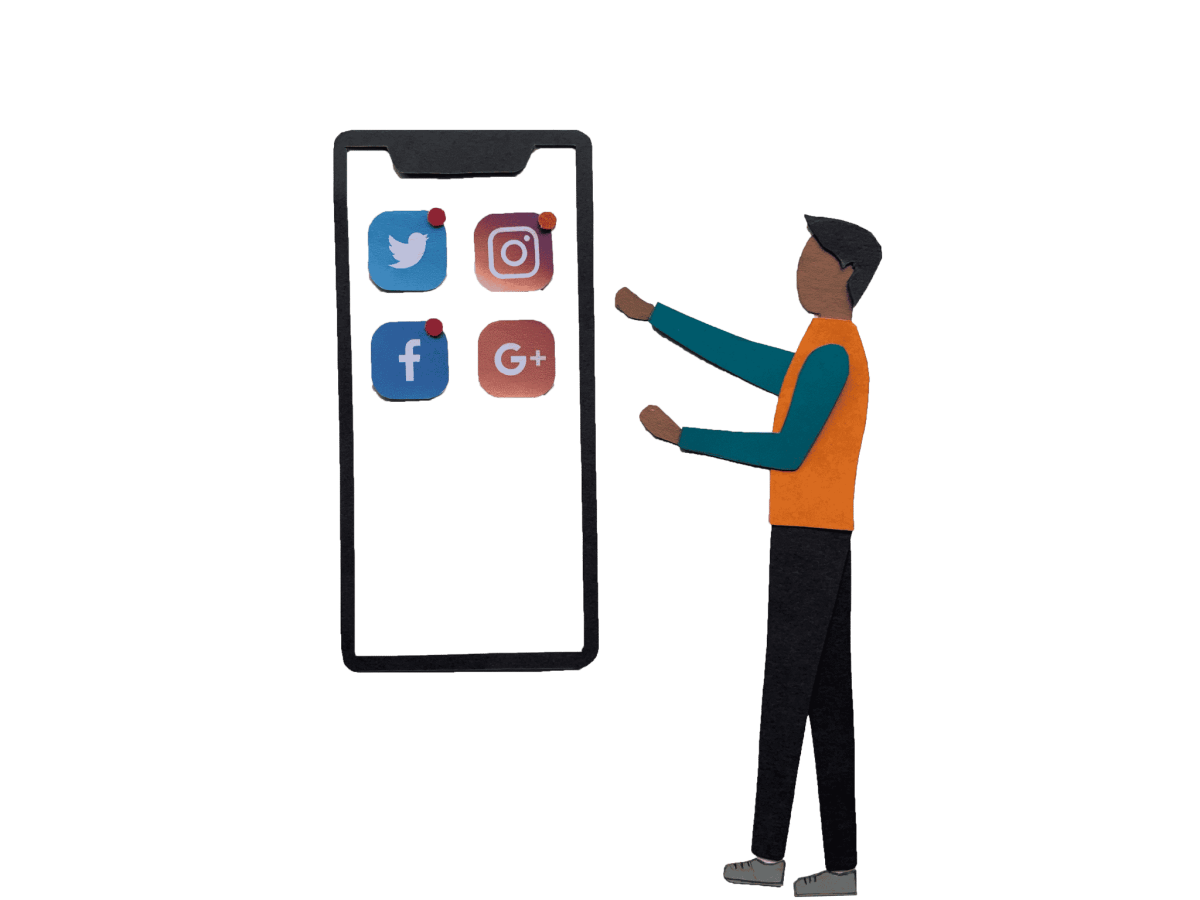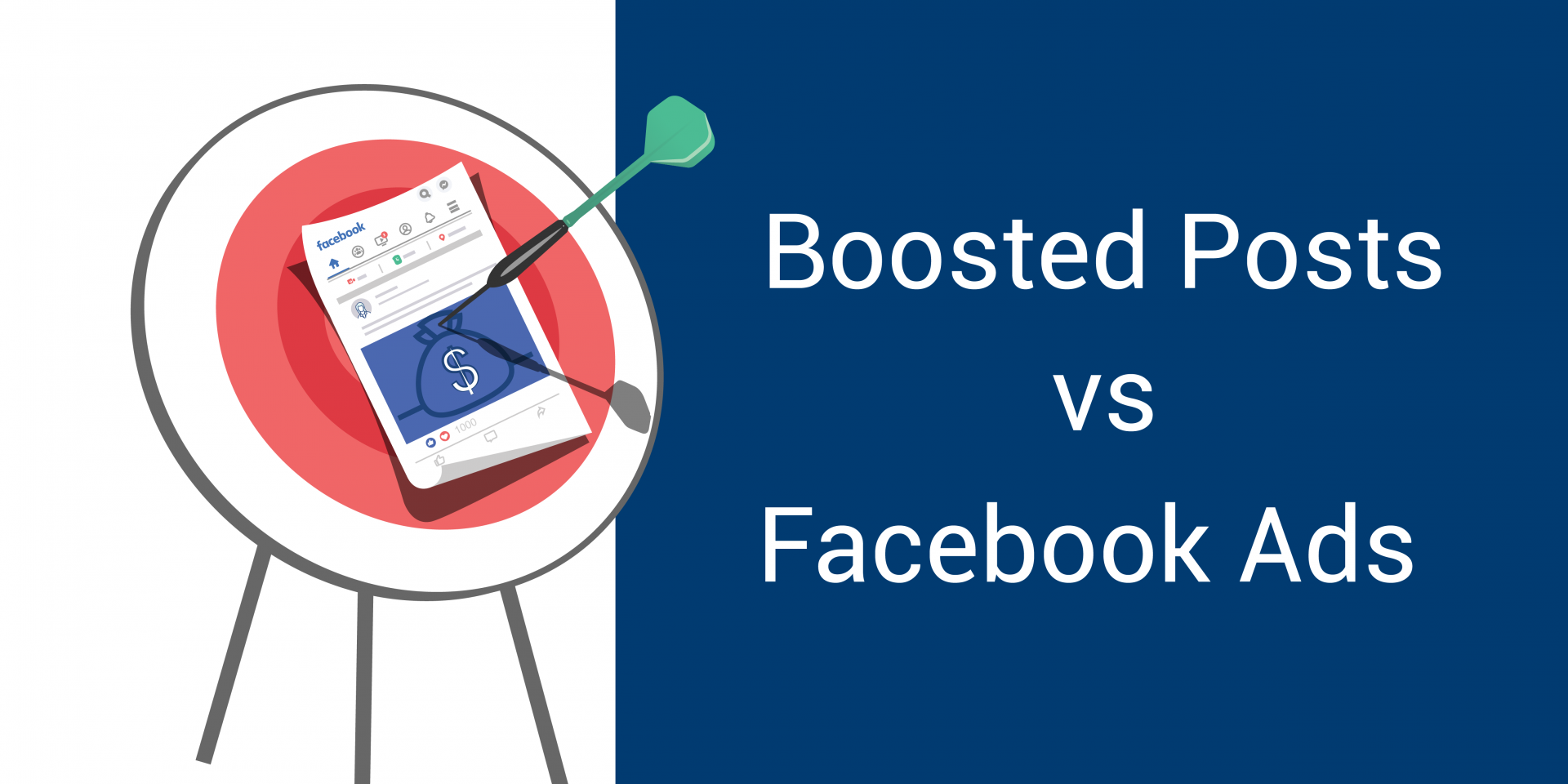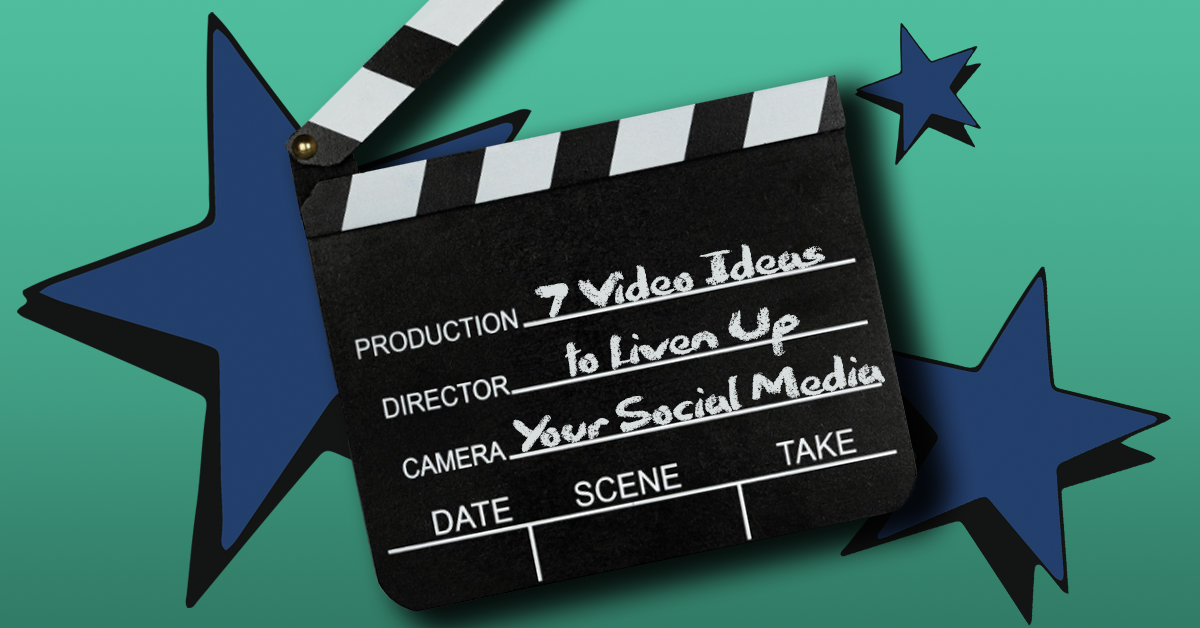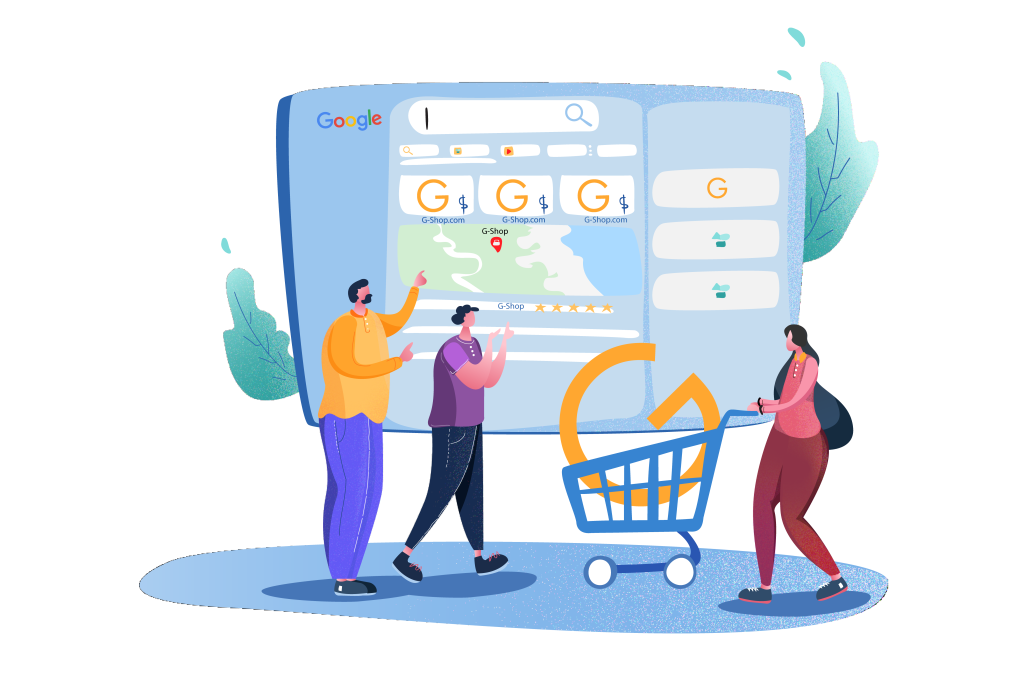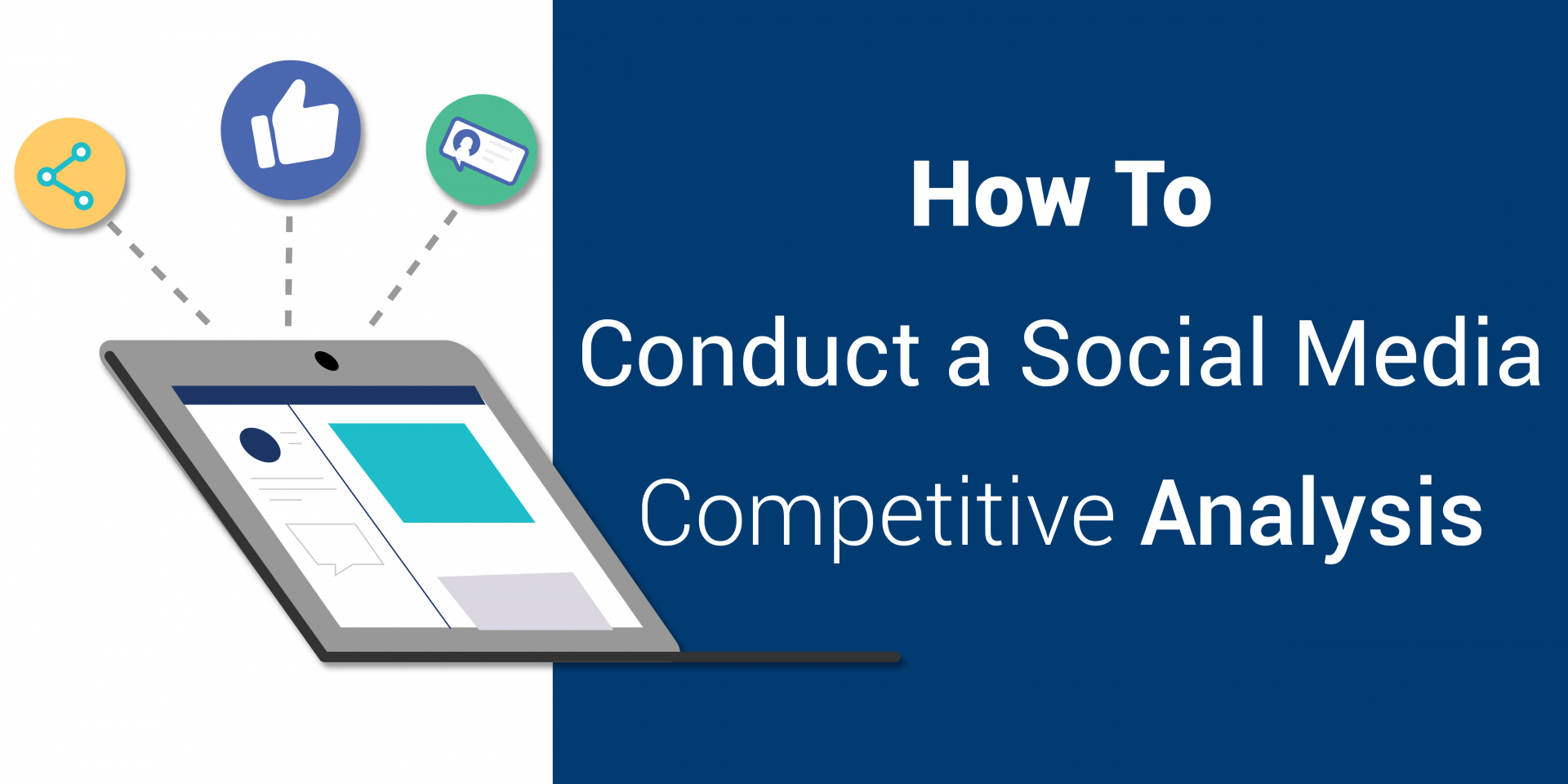If you have ever struggled to get high-quality leads consistently, then you know what a challenge lead generation can be. However, once you put the proper processes in place, you can get your lead generation on autopilot and generate a consistent flow of leads. With our tips below, you’ll have a full pipeline and plenty of new customers coming through your virtual or brick-and-mortar doors.
1. Leverage Social Media
Social media platforms have become an integral part of the lead-generation process. They allow companies to create a community around their brand, engage with their audience, and build trust with them over time.
But if you’re not using these tools effectively, you could be missing out on a huge opportunity for growth. Creating an account on Facebook or Twitter is just the first step. Here are some steps you can take to make sure your social media strategy is helping you reach more leads:
Know your audience. Before setting up any social media accounts, you need to know who your target audience is and what they want from your brand. This will help you tailor your content and messaging so that it resonates with them on a personal level — something that’s important since most people use social media as an outlet for self-expression rather than information gathering.
Create engaging content. Once you’ve determined who your target audience is, it’s time to start creating engaging content that will resonate with them in a meaningful way. The best way to do this is by listening closely for what people are asking about or discussing online, then responding with useful answers or solutions that meet their needs. The more relevant and timely the response, the more likely it will be shared by others within
2. Determine the ROI of Social Media
It can be tricky to calculate the return on investment (ROI) of social media. If you’re running ads, you can analyze clicks and subsequent purchases to put a value on your ad campaigns. However, there are other metrics besides dollars and cents to track on social media. Brand awareness, follower counts, and engagements such as comments and messages are just some of the examples of ROI you may wish to track.
The key is knowing what you want from your efforts so that you can measure them accurately. This will help you understand your audience, aka your source of new leads, and how to better target them.
When looking at your social media metrics, ask yourself what you want out of each channel. Here are some common key performance indicators:
Follower counts
The more people who follow you online, the more exposure your brand gets. Having more followers also means more potential customers who might buy something from you down the road. While it’s not always easy to convert followers into customers, you can improve your odds by continually posting valuable content they want to see. Avoid overly promotional posts, focus on adding value through local content, and work to capture customers’ contact information that you can use later for targeted marketing.
Social media engagement
Social media engagement is a great way to measure ROI because it helps you determine whether your followers like what they see in their feeds. The more engagement you have with your audience, the better chance you have of increasing sales or leads through your social channels. Engagement includes things like shares, likes, comments and re-shares — all of which show that users appreciated seeing something on their feed or in their newsfeeds. As a result, they may take an active interest in your content by sharing it with others or liking it themselves. You can get an idea of how engaged your audience is by looking at the number of comments they leave on posts, the number of likes each post gets, and the number of impressions.
Reach
You can also track reach, which is a measure of awareness generated by your posts. The higher the reach, the more people are exposed to your content. For example, if you have 1,000 followers but only 10 of them interact with your post, that’s a low reach. If you have 1,000 followers and a high percentage of them interact with your post — potentially exposing it to their network of friends — then your reach can grow exponentially. Here are some ways you can increase the reach of your social media content:
- Include images and videos in posts because they tend to perform better than text-based posts
- Be authentic; post real photos and videos of your business and the people who work there
- Use hashtags when posting about events and topics relevant to your business or industry
- Post content that provides value, entertains, or inspires
To learn more about the ROI of social media, read: The 6 Most Important Social Media Metrics to Track for ROI
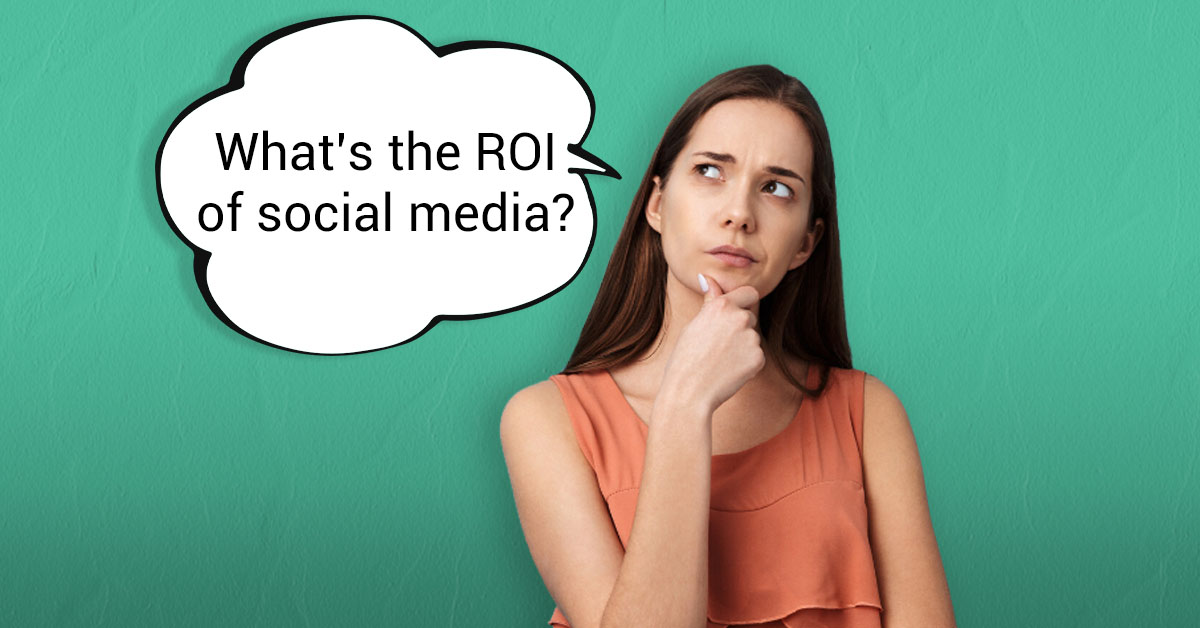
3. Launch Ad Campaigns
If you want to increase lead generation on social media, you need to launch ad campaigns. Think about it: People are scrolling all day long on social media, and with ads, you can get your business in front of them. The good news is that Facebook ads are relatively cheap, and you can set them up in a matter of minutes.
To start advertising on Facebook, you can either spend a few dollars a day to boost existing posts, or you can launch ads using Ads Manager. Ads Manager gives you additional options for tailoring your ads to your audience. Simply upload your image or video and write your copy, then choose how much you want to spend and when you want it to run — that’s it.
Be aware that ads may be rejected if they violate Meta’s advertising policies. We go into detail about why ads might be rejected and what you can do about it in this post. Once your ads are up and running, you can then track their performance and continue advertising to increase lead generation and grow your page’s following.
4. Set Up Your Google Listing
Did you know that 2 trillion searches happen daily on Google? And that nearly half of them have “local intent,” meaning that people are searching for businesses near them? This is why it’s so important to claim your Google Business profile and make sure it’s updated with your current hours, location, website, reviews and more.
It’s also a smart idea to launch Google Ads, which will allow you to show up in Google search results pages as well as on Google Maps. By the way, showing up in the top three map results is largely dictated by 1) having a Google Business Profile that’s accurate and informative, and 2) incorporating ads to drive local SEO.
With Rallio’s Business Listing service built right into your dashboard, you can update your Google Business information in just a few clicks. This will make it easier to launch ad campaigns and increase your chances of generating high-quality leads through Google.
Related: The Benefits of Reviews for Local SEO
5. Launch Email Marketing Campaigns
It’s no secret that recent data privacy changes have made it more difficult for marketers to track customer behavior and target their audience. However, email marketing remains one of the tried-and-true methods for reaching customers who have opted in to your marketing.
According to the Digital Marketing Institute, 84% of consumers report they check their email at least once per day. Get in front of these consumers with a targeted campaign, and you will increase your chances of converting them into buyers. To get started with email marketing, check out these tips:
Select an email marketing provider
Email platforms available vary widely in terms of features and benefits as well as user-friendliness. Research various providers such as Constant Contact, Active Campaign, and Mailchimp to find the one that will work best for your needs.
Automate your emails
Welcome emails, auto-responses, and nurture sequences are all smart ways to engage a customer once they have opted in to your campaigns. Make sure you include links to your website, free offers, or other special promotions you want to push.
Be relevant
Avoid sending irrelevant emails, or you risk people unsubscribing. Provide value, be authentic, and only send promotional emails when you have a highly valuable offer.
Retarget customers
When people express interest but don’t buy, work to re-engage them with marketing emails that remind them to complete their purchase (and maybe throw in a special discount to get them interested again).
6. Build a Blog
A well-written blog can help you increase exposure, establish your business as an industry leader, and generate more leads. With the right keyword strategy, it can also help you boost your search engine rankings.
In terms of SEO, you’ll want to optimize your blog posts and other pages on your site with keywords and phrases for which you want to rank. It’s important to pick keywords that are not overly competitive, or else you might not appear on the first page of results.
Instead, choose keywords that are related but not quite so difficult to rank for. Stary by using Google’s Keyword Planner or another keyword tool. This way, you can identify the best keywords, achieve higher rankings, and add to your lead-gen activities.
Final Thoughts
High-quality leads are the ones that are most likely to convert into loyal, engaged buyers. With our tips above, you should be able to improve your lead-gen efforts and grow your business consistently.
When you’re busy running and growing your business, it can be difficult to keep track of all the different moving parts. Rallio’s technology and services can help you keep everything organized and enhance your lead generation, so you have a consistently growing pipeline. Our all-in-one dashboard gives you one place to manage all of your social media and lead-gen efforts, with support from our dedicated team when you need it. Reach out to us at rallio.com to learn more.

Rallio | Powered by Ignite Visibility is a powerful SaaS platform designed to help multi-location and franchise brands streamline their social media, online reputation, and directory listings management. With AI-driven content creation, scheduling, and analytics, Rallio ensures brand consistency while allowing localized engagement. The platform also features employee advocacy tools, review generation, and seamless integration with social ecosystems, making it the ideal solution for brands looking to optimize their digital presence across multiple locations.

